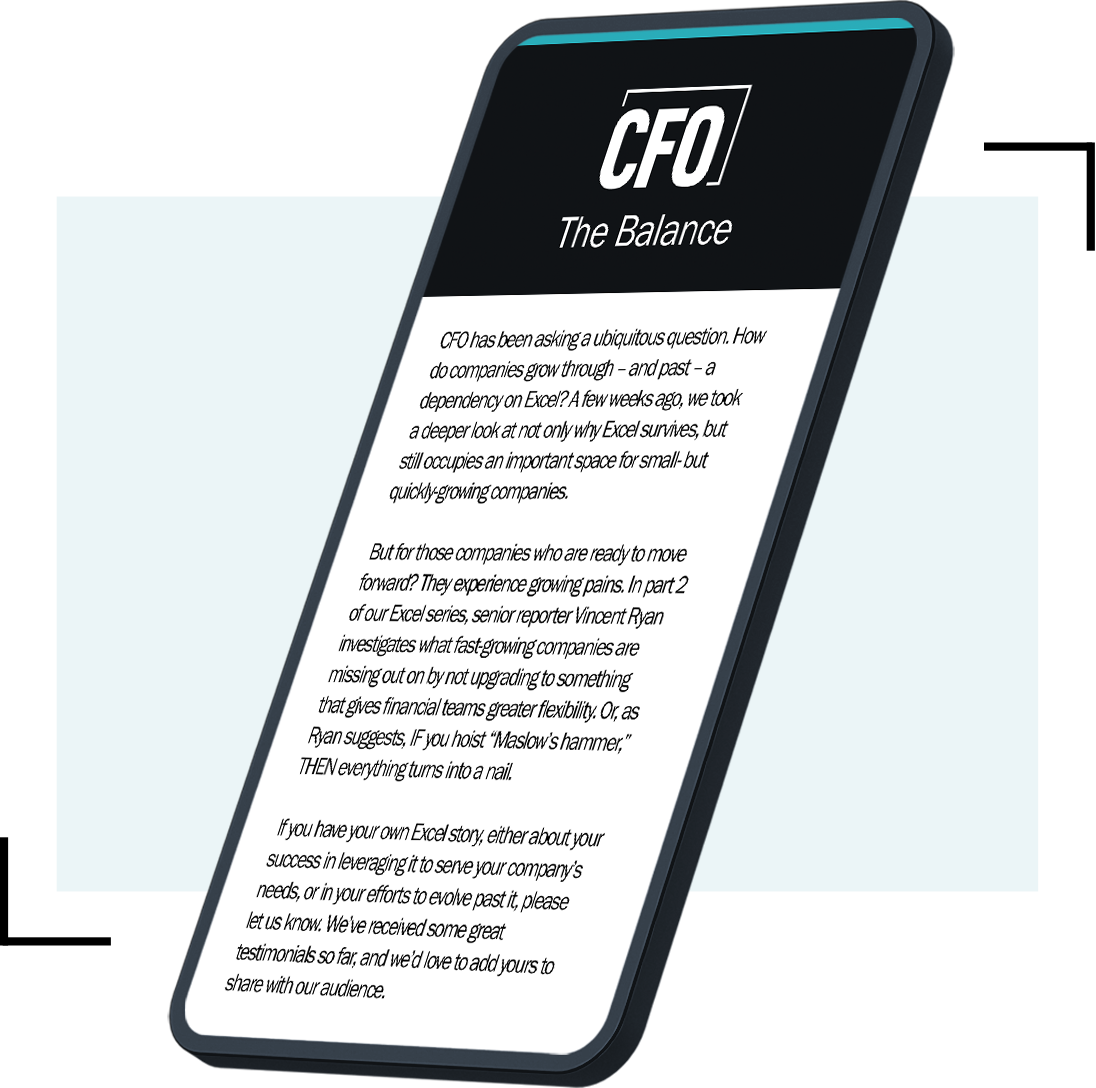Rising costs in China and shifting global economic forces are pressuring companies to reevaluate their global manufacturing strategies and consider localizing their operations. We’ve all heard the latest buzzwords: “reshoring,” “onshoring,” nearshoring and others. Some companies have started the process and have reported success. But many other companies are struggling with the reshoring. Otis Elevator is one of many U.S. manufacturers, including GE, Whirlpool and NCR, which has announced they were bringing factories back to the United States from China, Mexico and elsewhere. But reshoring is not as easy as you may think. It takes careful consideration, planning and execution.

Rosemary Coates, president, Blue Silk Consulting
Otis Elevators’ reshoring effort did not go well. Elevator and escalator orders were rising in 2012, as the building industry began to recover. But Otis could not keep up. Output was well below plan in the new U.S. Otis plant, and back orders began to climb. Customers started to cancel orders. “I think we failed on both the planning and the execution side,” Robert McDonough, chief executive officer of the United Technologies unit that includes Otis, told analysts in March, according to the Wall Street Journal. The reshoring project cost Otis $60 million last year, and that figure continues to climb.
So what went wrong? Otis says it failed to consider the consequences of the new location and tried to do too much at once, including a supply-chain software implementation. This is not an uncommon reshoring scenario. Bringing manufacturing back to the United States isn’t so simple, and there are a host of considerations and analyses that companies must do to determine the costs and feasibility of reshoring.
How To Avoid Failure

- Establish a disciplined project plan and assign an experienced project manager. Monitor the progress.
- Complete a thorough analysis of the new location. It is critical to your evaluation to determine what skills will be needed and where the workers will get training. Evaluate the pool of workers available in the area and their skills. Partner with local community colleges and universities for new and developing talent.
- Evaluate the detailed costs associated with production. Can you reduce costs by introducing such automation as robotics and 3D printing? Once automation is added into the production evaluation, the cost picture dramatically changes. Are there government incentives that may tip the balance in favor of one location over another? State governments are starting to offer tax incentives and other assistance to locate manufacturing there. These offerings can make a significant difference when choosing a location.
- Consider your supply base. Are your suppliers in the United States, or will you have to reestablish suppliers here? Suppliers and tier 2 and tier 3 manufacturers will have to open supply businesses near your proposed U.S. facility. This is often an overlooked cost that may drive up the price of your raw materials and will certainly add to the complexity of the supply processes. Many reshoring companies are surprised that their supply base has disappeared from the United States and needs to be rebuilt to support domestic manufacturing.
- Localize the product for the U.S. market. This is an opportunity to make changes to the product that will appeal to Americans.
- Understand the consequences of shutting down or reducing production in a foreign country. There may be hidden fines and penalties, as well as tax consequences.
- Evaluate your global supply-chain strategy. You may want to leave some production in growth markets, such as China, to address local demand.
- Document a road map in addition to the project plan. You need to see where the project is going and how it will end
- Expect a business case to be written by the project team. This will help everyone understand the costs and justify the decisions.
- Keep careful watch over the project. Look for failure points
- Avoid biting off more than you and your staff can chew. It’s better to make steady progress in this effort.
More than half of U.S.-based manufacturing executives at large companies report they are planning to bring back production to the U.S. from China or are actively considering it, according to a recent survey by The Boston Consulting Group. Some of these companies will be successful and others will struggle and fail. Reshoring takes careful consideration, planning and execution.
Planning where to source or manufacture and formulating a disciplined plan will help you avoid reshoring failure.
Rosemary Coates is the president of Blue Silk Consulting, a global supply chain consulting firm and the author of three books: 42 Rules for Sourcing and Manufacturing in China, Negotiation Blueprinting for Buyers and 42 Rules for Superior Field Service.
[contextly_auto_sidebar id=”Yej8sFgWWmItp0X1BrFmfLKSdMsNsvra”]








